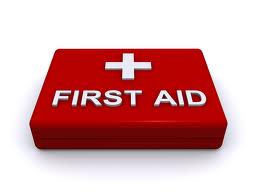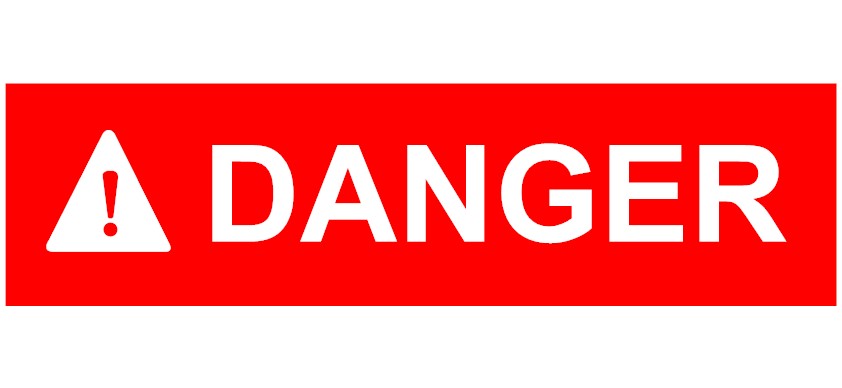Identify, Assess and Manage Immediate Hazards to Health and Safety of Self and Others
What is first aid?
First aid is the immediate care of an injured or suddenly sick person. It is the care a person applies as soon as possible after an accident or sudden illness. This prompt care and attention prior to the arrival of the ambulance can sometimes mean the difference between life and death or between a full or partial recovery.

The main aims of first aid are to:
- Preserve life - This includes the life of the casualty, bystander and rescuer.
- Protect the casualty from further harm - Ensure the scene is safe.
- Provide pain relief - This could include the use of ice packs or simply applying a sling.
- Prevent the injury or illness from becoming worse - Ensure the treatment you provide does not make the condition worse.
- Provide reassurance. It is important to understand that first aid has its limitations and does not take the place of professional medical treatment
Protecting yourself at an incident
First Aiders are never required to place themselves in a situation which might put them in danger. Remember, you cannot help a victim if you become a victim yourself.
When a first aider is called upon to deal with a victim, they must always remember to safeguard themselves first and then assess the situation. Only after these steps are completed can treatment of the victim begin.
When you attend a scene, remember that your own personal safety is above all else. Before you enter a scene, put on personal protective equipment, especially impermeable gloves.
As you approach a scene, you need to be aware of the dangers which might be posed to you as a first aider, or to the victim. These can include obviously dangerous factors such as traffic, gas or chemical leaks, live electrical items, buildings on fire or falling objects. While many courses may focus on obvious dangers such as these, it is important not to neglect everyday factors which could be a danger. (ex. Gas fires, where in getting close to a victim could result in burns from the heated vapour.)
There are also human factors, such as bystanders in the way, the victim not being co-operative, or an aggressor in the vicinity who may have inflicted the injuries on the victim. If these factors are present leave the area until the police are able to control the situation.
 Always remember the big "D" for Danger.
Always remember the big "D" for Danger.
Once you have assessed the scene for danger, you should continue to be aware of changes to the situation or environment that could present danger to you or your victim until you have left the scene.
If there are dangers (such as falling masonry, an assailant, or a structure fire), STAY CLEAR and call the emergency services. Remember to never put yourself in risk of danger or injury.
To this stage the first aider, on approaching a victim should have:
- Put their gloves on
- Checked for danger
- Checked for responsiveness
- Looked at the scene for clues about what has happened
- Gained history on the incident
- Assessed to see how responsive the victim is.
The last step is to actually provide care to the limits of the first aider's training -- but never beyond. In some jurisdictions, you open yourself to liability if you attempt treatment beyond your level of training.
Treatment should always be guided by the 3Ps:
- Preserve life
- Prevent further injury
- Promote recovery
Treatment will obviously depend on the specific situation, but some situations will always require treatment (such as shock). The level of injury determines the level of treatment required.
The principles first, do no harm and life over limb is essential parts of the practice of first aid. Do nothing that causes unnecessary pain or further injury unless to do otherwise would result in death.